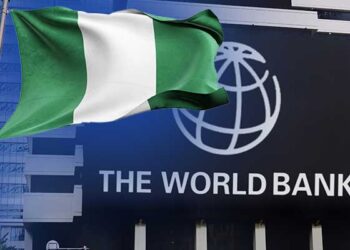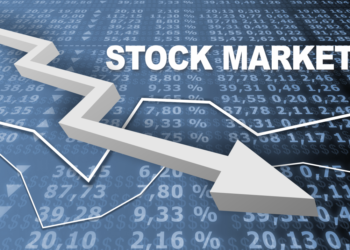The eurozone economy showcased resilience in the first quarter of 2024, rebounding from recession with stronger-than-expected growth and maintaining stable inflation levels, according to official data released on Tuesday.
Data from the EU’s official statistics agency revealed that the 20-country single currency area experienced a growth rate of 0.3 percent in the first three months of the year compared to the previous quarter. This growth exceeded analysts’ expectations, with forecasts predicting a growth rate of 0.1 percent. The positive growth figures marked a significant turnaround for the eurozone, which had slipped into a technical recession in the second half of 2023.
In addition to the encouraging growth figures, the eurozone also received favorable news regarding inflation. Eurostat reported that the region’s annual inflation rate remained steady at 2.4 percent in April, in line with economists’ projections. Core inflation, which excludes volatile components such as energy and food prices, also showed a slight decline to 2.7 percent in April from 2.9 percent in March, aligning closely with the European Central Bank’s two-percent target.
The stability in inflation rates comes after a period of significant volatility, with inflation in the eurozone peaking at 10.6 percent in October 2022 due to external factors like Russia’s assault on Ukraine and subsequent energy crises. Despite aggressive rate hikes by the ECB to counter soaring prices, inflation has gradually moderated in recent months.
Economists anticipate that the robust growth data for the first quarter, coupled with stable inflation levels, will not deter the European Central Bank from proceeding with anticipated interest rate cuts in June. Andrew Kenningham of Capital Economics stated, “Today’s stronger-than-expected Q1 GDP data means the eurozone has come out of recession but, with core and services inflation both declining in April, this will not prevent the ECB from starting its easing cycle in June.”
Germany and France, the eurozone’s two largest economies, recorded growth rates of 0.2 percent in the first quarter, contributing to the overall positive outlook. Southern European countries also demonstrated signs of economic recovery, with Spain reporting higher-than-expected growth of 0.7 percent, while Italy registered growth of 0.3 percent for the same period.
Amid discussions with EU officials in Brussels, International Monetary Fund chief Kristalina Georgieva expressed optimism about Europe’s growth prospects, noting positive economic performance despite energy shocks. However, Georgieva cautioned that inflation concerns persist, emphasizing the need for continued vigilance.
The latest inflation data revealed a narrower decline in energy prices in April compared to previous months, signaling potential stabilization. However, disparities in inflation rates across EU member states persist, with Lithuania recording the lowest inflation rate at 0.4 percent and Finland close behind at 0.6 percent in April.
Overall, while the eurozone economy demonstrates signs of recovery and resilience, ongoing efforts to manage inflation and sustain growth remain crucial priorities for policymakers and economists alike.











